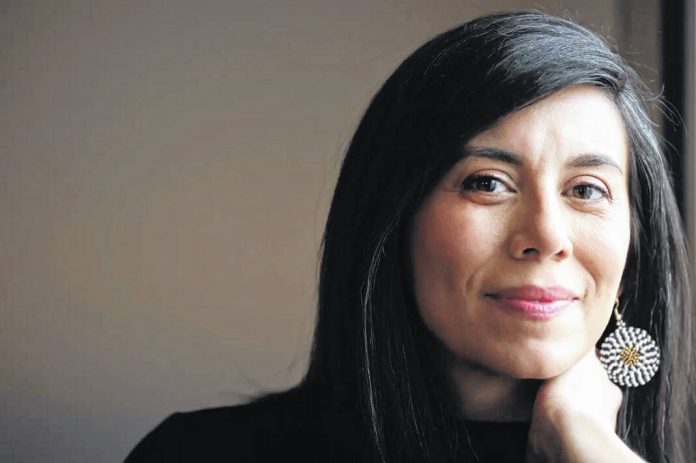Whenever I see a historical novel that’s clearly a historical novel — the curlicue cover fonts, windswept beaches, hooped dresses, moody Renaissance hues, tall-masted schooners, maybe a helicopter to suggest Vietnam — I cringe. I feel bad for the writer. Because the idiot part of myself whispers that historical fiction was a terrible mistake. It’s one of those residual, myopic cultural prejudices, the kind that equates the value of a piece of music with its complexity and tells us not to take comic books seriously. I forget momentarily that genre has nothing to do with quality, and that, in the past decade alone, more than a few National Book Award winners (“Blackouts,” “The Good Lord Bird”) and a large majority of Pulitzer winners for fiction (“Trust,” “All the Light We Cannot See,” “The Night Watchman,” “The Nickel Boys”) were historical fiction.
I forget that a good historical novel often brushes past the biggest hurdles and defies our doubts. It must face readers who inevitably question its historical accuracy, while simultaneously understanding: Focus too much on the facts, and the imagination suffers.
This is why I feared the worst for Cristina Henríquez and her fourth book, a historical novel titled “The Great Divide,” just released. Her work, so far, written from suburban Hinsdale, has been some of the warmest, welcoming contemporary fiction on the subject of international borders and families. But the key there is contemporary. Each new book from Henríquez, all acclaimed — “The Book of Unknown Americans,” “The World in Half,” “Come Together, Fall Apart” (a 2006 story collection) — took on cultural legacy and family history yet found its heart not in the monumental but the everyday.
“The Great Divide” is set a century ago during the digging of the Panama Canal, and not on the fringes, but among men constructing it, international emigrants hoping to find work in a prosperous Panama, locals protesting Americans, and Americans both eager to help and make a buck. It’s a brisk 319-page epic about love and violence that, seamlessly, holds history in balance. It’s also one of the buzziest new books of spring. I met with Henríquez recently to discuss the risks and rewards of stepping into historical fiction.
Q: Your father is from Panama. Considering how much you have to take on to write historical fiction, does having family from there factor into your approach?
A: Well, it’s a love letter to Panama, in a way, and family. I grew up in Delaware, but we spent summers on vacations there. Not as tourists, but visiting family, getting grandma’s medication from the pharmacy, hanging laundry! I didn’t speak Spanish then and I would feel like an outsider. I think I became a writer trying to piece together into a story what I was hearing. We would go to the canal and sit in the blazing sun and watch ships pass through. My family wasn’t involved in the construction era, 1904 to 1914, but I spoke to my dad a lot while writing, and once, after three years of work, he said, ‘You know, I worked on the canal, after high school, in the dredging and engineering division.’ He’s an engineer. I’m like, ‘OK, that might have been helpful to know three years ago.’
Q: You didn’t think you were writing historical fiction.
A: Not until fairly far into the process, when I realized it was going to get described. It was just a novel set in the past. I was never muted by that and I never felt hung by that.







